
Whether you are filing taxes, looking to invest in a company or want to look internally at your company, there are many reasons you might ask: what is depreciation? Depreciation is both an accounting and tax concept, but how do you calculate it? Why is it important? And where does it show up on reports?
Depreciation can be calculated in several ways. GAAP, or generally accepted accounting principles, require a publicly traded company to ask what is depreciation. That same company may use a different method of depreciation for reporting purposes to the IRS for tax deductions. While depreciation does not directly affect cash flow, it can improve it marginally by reducing your tax liability each year it is applicable.
Understanding what is depreciation is also helpful to management because it lets them track how much longer an asset will be useful so they can tell their financial accountant to account for the acquisition of a new asset in their proposed budget for the next year.
What Is Depreciation?
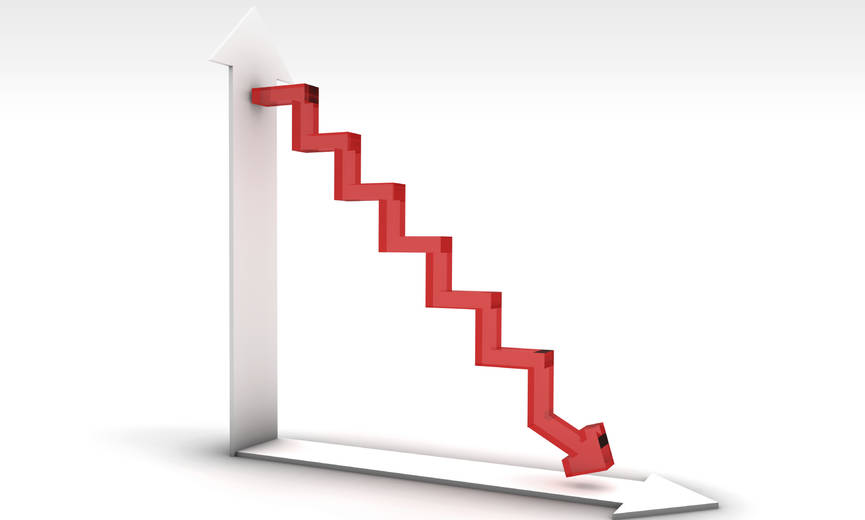
Depreciation is an accounting method of expensing the cost of a tangible asset over its useful life to account for its decline in value. Depreciation of long-term assets is useful for both accounting and tax purposes. Businesses can deduct the cost of tangible assets they purchase as business expenses for tax purposes, but they must depreciate the assets according to IRS regulations. The codes set forth by the Internal Revenue Service dictates how and when the company can deduct this expense.
IRS Publication 946 defines depreciable property as meeting the following requirements:
- You must own the property
- You must use the property in your business or income-producing activity
- The property must have a determinable useful life
- The property must be expected to last longer than one year
PP&E (property, plant, and equipment) are depreciable assets. So are certain patents, copyrights, and computer software. Doesn’t IRS Publication 535 talk about patents and copyrights as intangibles that must be amortized? That is correct. Pore over the relevant codes closely or consult a tax accountant with the characterization of their useful life to determine if these intangible assets should be depreciated or amortized.
How Is Depreciation Calculated?
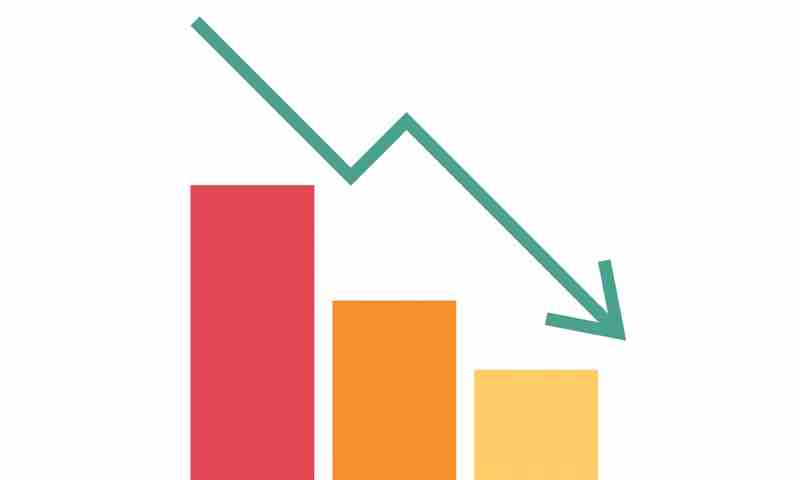
When answering the question, ‘what is depreciation?’ one must discuss how it’s calculated. There are several methods of calculating depreciation. Most companies in the United States have to comply with GAAP (generally accepted accounting principles) when calculating and reporting depreciation on financial statements. Straight-line depreciation, declining balance depreciation, sum-of-the-years’ digits depreciation and units of production depreciation are all allowable methods under GAAP.
Straight-Line Depreciation
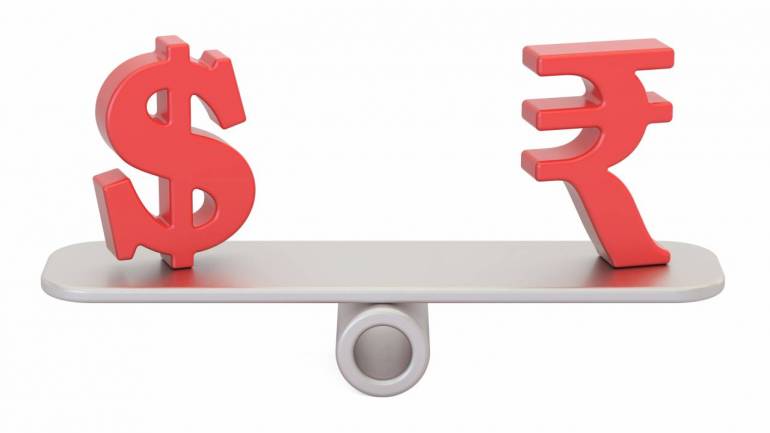
The straight-line method of depreciation uses the estimated scrap or salvage value of an asset at the end of its life and then subtracts that value from its original cost. Salvage value is the value estimated the owner will be paid when an item is sold at the end of its useful life. Original cost refers to the total price associated with the asset you purchased. This includes the purchase price, commissions, transportation, appraisals, warranties and installation, and testing.
The difference between original cost and salvage value equals the value lost during the asset’s productive use. Management will divide this number by their best-guess estimate of how many years they believe the asset will be useful. This method is the simplest to calculate. It is also used often by sole proprietors. This is because depreciation is an expense. Expenses reduce taxable income. Taxable income is used to determine the size of a loan a company or individual can be approved for.
Declining Balance Depreciation
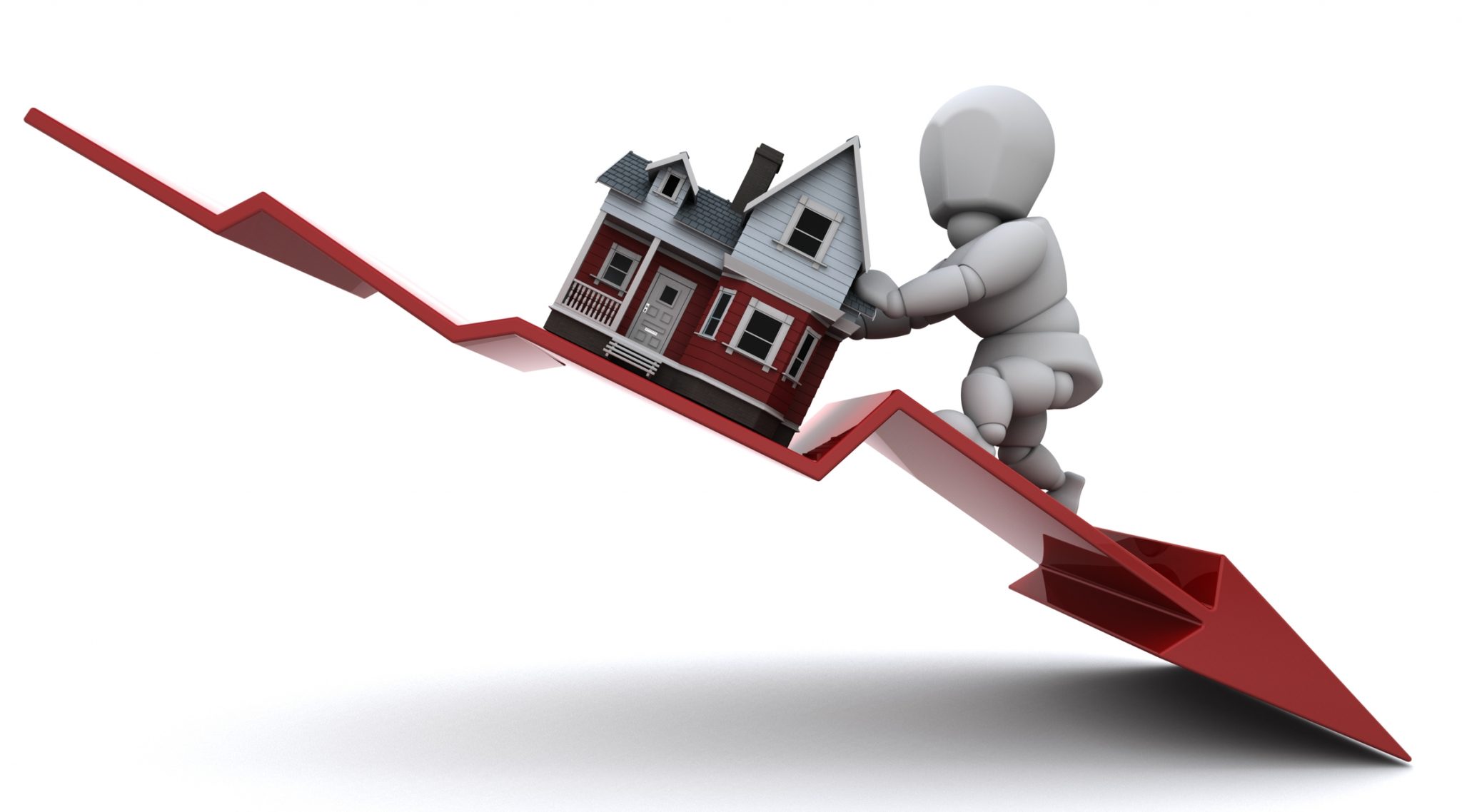
The declining balance method of calculating depreciation is a form of accelerated depreciation. This type of depreciation is used to write off depreciation costs more quickly and minimize tax exposure. Most frequently, declining balance is used under the double-declining balance method. This multiplies the straight-line depreciation feature by two. Normally, the declining balance method applies a higher depreciation charge to the first year of an asset’s useful life. This charge is gradually decreased in future years.
Sum-of-the-Years’ Digits Depreciation
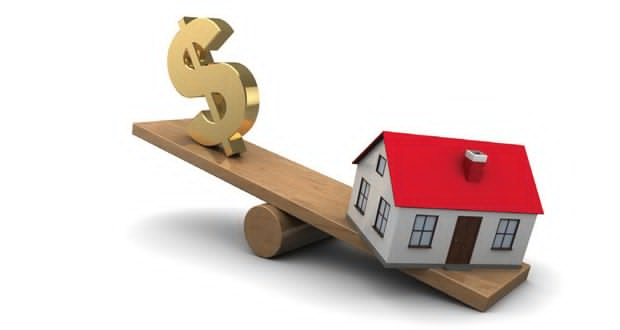
The depreciation rate using the sum-of-the-years’ digits is higher than straight-line depreciation but lower than the declining method. To use this method, separate annual depreciation into fractions using the number of years of the asset’s useful life. If an asset has an expected useful life of six years, the sum-of-the-years value is 6+5+4+3+2+1, or 21.
The first year is assigned a value of six. The second year is assigned a value of five, the third a value of four and so on. To calculate the depreciation, take the straight-line depreciation value and multiply it by the value of the first year divided by the sum of the year’s digits. In this example, the fraction would be 6/21 or 2/7.
Units of Production Depreciation

The units of production depreciation method are useful for assembly or production lines. An equal expense rate is assigned based on each unit produced. First, calculate the straight-line depreciation amount. Then divide the number of units produced in the period by the life in the number of units. Multiply this fraction by your calculated straight-line depreciation.
Other Methods of Depreciation

There are other types of depreciation a business may use if they do not have to follow GAAP. These are as follows:
Annuity Depreciation
Annuity depreciation is not based on time but a level of annuity, for example, a cycle count for a machine or miles are driven on a vehicle. Calculate the net of cost less salvage value, divide by the number of miles in the lifetime of the vehicle to get the per-mile depreciation rate and then multiply that by the number of miles driven in that year.
Units of Time Depreciation
Units of time depreciation are similar to units of production depreciation but used in cases where the amount of use is not linear from one year to the next.
Group Depreciation Method
Group depreciation method is the calculated depreciation of multiple-asset accounts using the same depreciation method if they have similar purposes and nearly the same useful lives.
Composite Depreciation Method
Composite depreciation method is used when several assets are not similar and have different service lives. The depreciation of each asset is determined using the straight-line depreciation method.
Examples of Depreciation
What is depreciation is a valid question for most assets, with the exception of land. Let’s practice finding out what is depreciation based on different types of methods:
Straight-Line Method
You purchase a car for $30,000. In 20 years, you believe the car will be at the end of its useful life. You think you can sell the car for scrap metal for $400. In this case, the original cost is $30,000, the salvage value is $400, and the useful life is 20 years. Subtract the scrap value from the original cost to get $30,000-400 = $29,600. Divide that figure by the useful life and get $29,600/20 = $1,480. Each year you may deduct $1,480 from your taxes for the vehicle.
Double-Declining-Balance
Take the same information from the example above. Divide 100% by 20 years to get 100%/20 = 5% per year. Multiply this percentage by two to get 5% * 2 = 10%. Now, take the straight-line method number of $29,600 and multiply that by 10% to depreciate $2,960 per year over the course of ten years.
Units of Production Depreciation
If a plant is expected to produce 100 million units, and it produces 10 million units in a period, multiply straight-line depreciation by 10 million over 100 million or 1/10.
Conclusion
Depreciation is used internally as a way of tracking when a depreciable asset will need to be replaced. Depreciation expense does not directly affect cash flow, but it is important for cash planning purposes. Budgets are created for revenue and expense accounts, but assets are neither of those. Therefore, a good financial accountant will note to management in her budget report that the company will be spending $1,200,000 to replace a piece of equipment that will not show up on the income statement.
If you own a business and are expensing assets, consider carefully the tax implications of your method. For example, if you spent 1 million dollars on a building with a useful life of 45 years, it may be tempting to use the double-declining depreciation method and reduce your tax liability by $44,444.44. However, if you plan on getting a credit card, cash line of credit (CLOC) or loan for your business, you may have to provide tax returns to prove solvency. It may be best to use a less accelerated method of depreciation and pay more in taxes this year so your business can have access to more credit.
Whichever method of depreciation calculation you feel is best, find the straight-line cost per year by subtracting salvage value from the original cost and dividing it by the expected useful life. From there you can multiply this number by 2, 1.5 or various fractions to get your accelerated depreciation. A similar concept is used to determine what is depreciation using units other than time. This can be miles driven by a vehicle, stamps printed by a machine or times equipment is used if it varies wildly from year to year.